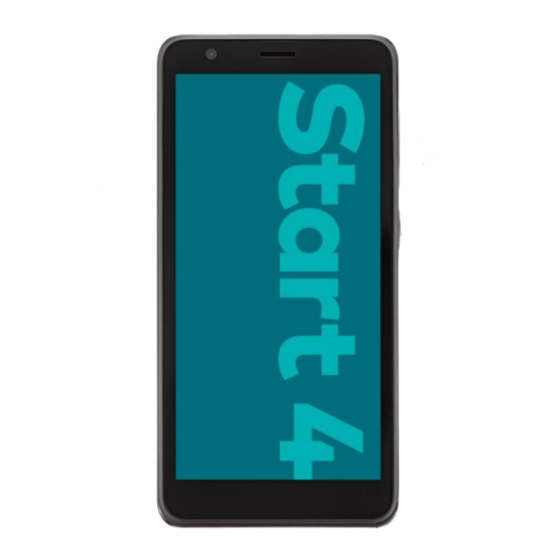
Table of Contents
Advertisement
Optus X Start 4
ZTE P503
User Manual
LEGAL INFORMATION
Thank you for choosing this ZTE mobile device. In order to
keep your device in its best condition, please read this
manual and keep it for future reference.
Copyright © 2023 ZTE CORPORATION
All rights reserved.
No part of this publication may be quoted, reproduced,
translated or used in any form or by any means, electronic or
mechanical, including photocopying and microfilm, without
1
Advertisement
Table of Contents





Need help?
Do you have a question about the Optus X Start 4 and is the answer not in the manual?
Questions and answers
Does Optus X Start 4 Smartphone have NFC